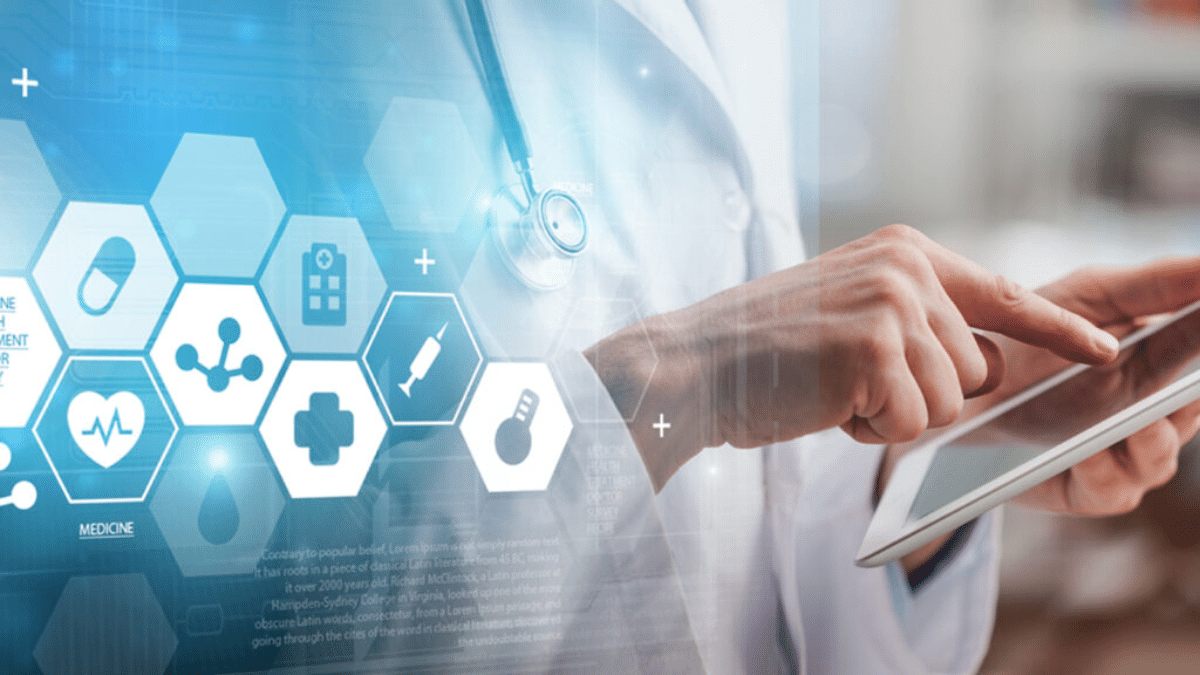Digital tools are transforming how healthcare is delivered from administrative work to patient support. Systems for admissions, scheduling, healthcare eligibility verification, clinical support and communication are helping providers improve accuracy, speed and overall care. These tools reduce manual work, costs and give staff more time to focus on patients.
Let’s look at how a range of digital solutions are changing healthcare every day.
Contents
- Digital Intake and Registration
- Real-Time Insurance Checks
- Centralized Medical Records
- Communication Platforms
- Digital Claims and Billing Management
- Medication Management Systems
- Data Dashboards for Decision-Making
- Remote Monitoring for Ongoing Care
- Supporting the Healthcare Team
- Looking Ahead: Smarter, More Connected Care
- Final Thought: Simpler Tools, Better Results
Digital Intake and Registration
Paper forms slow down the check-in process. They can be lost, filled out incorrectly or just hard to read. Digital registration tools allow patients to complete necessary forms before they even step into the facility.
These automated systems get patients through faster. For staff it means more accurate patient records from the start.
Real-Time Insurance Checks
Verifying insurance used to involve long calls, paperwork and lots of communication between staff and payers. Now digital insurance verification tools can confirm a patient’s coverage in real-time. These tools integrate with scheduling or admissions systems, checking insurance when a patient arrives.
That means less time waiting and fewer billing issues later. Patients avoid surprise bills and staff don’t have to chase down correct insurance info. For providers it helps prevent payment delays and reduces denials due to incorrect or expired coverage information.
Centralized Medical Records
Electronic health records (EHRs) are now widely used to keep patient data organized and accessible. These records allow providers to see a patient’s full history — including test results, medications, prior treatments. Everything is in one place.
EHRs eliminate repeated questions, speed up diagnosis and improve coordination between departments or facilities. They also support safer care because doctors can quickly spot past issues without having to keep all the details in the memory.
Communication Platforms
Many healthcare teams are switching to secure messaging to communicate with patients or colleagues. Staff to update records, send reminders or confirm appointments without phone tags or voicemails, using these tools.
It is great to give patients a chance to text or use an app to confirm appointment time or ask a question. For providers it reduces no shows and improves responsiveness which keeps the schedule running smoothly.
Digital Claims and Billing Management
Manual claim management is time consuming. Digital billing platforms allow staff to submit claims electronically, track them and get alerts if something is missing or incorrect.
The software improves accuracy and speeds up payments. Many systems also provide real-time updates on denials or adjustments so billing staff can fix issues right away. As a result, providers see fewer denied claims and get paid faster.
Medication Management Systems
Digital tools also help pharmacies and clinicians manage prescriptions. Medication management systems reduce the chance of errors especially when a patient has multiple prescribed medications. The software flags potential interactions, checks dosing and records when refills are due.
Automated medication management means safer outcomes and fewer delays in treatment. It also makes it easier for patients to follow their care plan especially when everything is in one place.
Data Dashboards for Decision-Making
Many clinics and facilities now use dashboards to track their own performance. These tools show metrics like visit volume, claim turnaround time or appointment no-show rates.
C-level management can see what’s working thanks to clear visuals and real-time updates without digging through spreadsheets. It helps the decision makers to adjust staffing, revenue cycle work or spot issues before they become bigger problems.
Remote Monitoring for Ongoing Care
This technology helps doctors keep an eye on a patient’s health without needing them to come in. Remote devices can send updates on blood pressure, glucose levels or oxygen rates to the provider.
The clinical team can catch warning signs early and this reduces the need for unnecessary hospital visits. Especially for patients with chronic conditions. Providers can adjust treatment without waiting for the next visit and patients feel more supported between visits.
Supporting the Healthcare Team
Digital tools take the mental load off busy staff. Automating repetitive tasks (for example, checking insurance, filling out the same forms or calling payers) gives team members more time to focus on the person in front of them.
That means less burnout, fewer errors and a better environment for staff and patients.
Looking Ahead: Smarter, More Connected Care
As more tools come out, we will see healthcare become a more responsive system. AI is already flagging patients who may be at risk of complications based on their data. Remote monitoring tools let providers follow a patient’s progress without extra visits. Even basic tools like online scheduling or digital appointment reminders can make a big difference for clinic’s daily operations.
Final Thought: Simpler Tools, Better Results
You don’t need the most complex systems to make a real difference. In most cases, simple tools like insurance verification or electronic records will quickly bring tangible results.
Healthcare providers can deliver better care, faster service and fewer headaches with the right mix of digital solutions.

